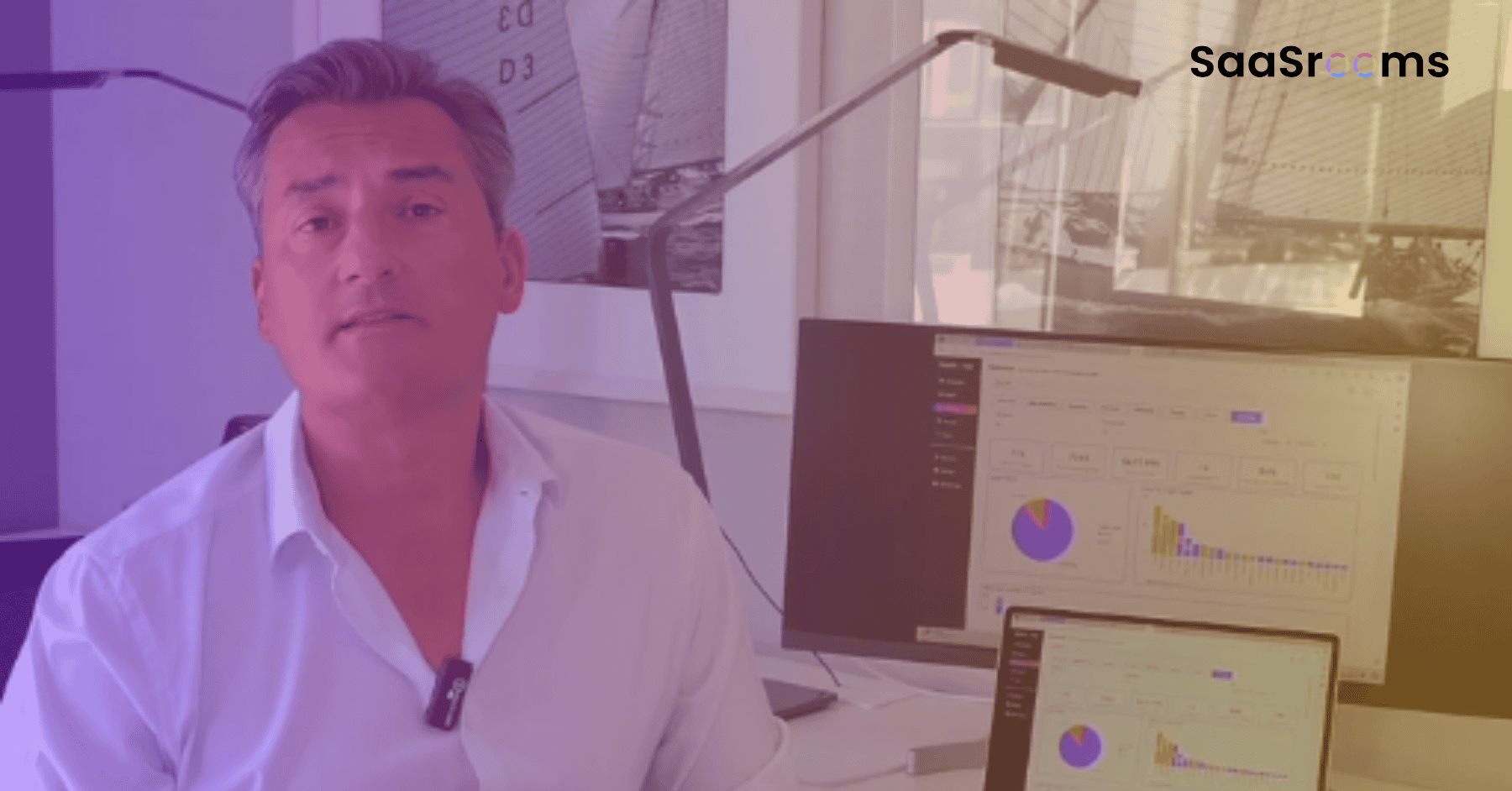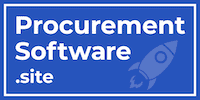Growing a business has been transformed by the advent of cloud-based software applications. Hundreds of software-as-a-service (SaaS) vendors provide thousands of platforms to streamline every aspect of business operations.
The impact of the COVID pandemic has only served to accelerate the adoption of SaaS and now many companies are overwhelmed by the number of SaaS platforms that they operate. In fact, it’s not uncommon for a 100-employee company to subscribe to more than 200 different SaaS applications. SaaS spending is growing quickly, and, in many organisations, it is one of the largest budget items and equates to around £5,000 per employee per year.
There are specific challenges for finance, procurement and IT when managing subscriptions.
Firstly, subscription agreements are typically purchased at departmental or operational level and so there’s often no central repository of applications used. According to research, more than 50% of subscriptions are expensed by departmental managers and not always easy to identify.
This leads to hidden costs caused by duplicate purchases, redundant apps, miscategorised spending, and unplanned renewals. Going beyond this, an analysis of how businesses use their SaaS platforms typically uncovers wasted spend by showing under-utilised and unused software licenses. And, by its very nature, SaaS platforms are constantly evolving, adding new capabilities and ever-changing price plans and contract terms.
So, what are your options?
Up until now, many companies have had higher priorities to deal with. Lockdowns, supply chain disruptions, remote working have all disrupted business as usual and, largely, been addressed by purchasing SaaS technology.
However, there is a new wave of emergent providers who are revolutionising how SaaS is managed.
These providers offer a range of services including sourcing new SaaS apps, re-negotiating contracts, surveying employees for their satisfaction and issuing virtual payment cards to control spending.
Whilst these capabilities are important, they are often provided by specialist vendors and lack the maturity of more complete solutions.
As a result, they may fail to deliver a comprehensive answer to address the needs of Finance, Procurement, IT as well as the internal customer. Equally, a solution that simply focusses on negotiating better prices at renewal may result in reduced service levels or important capabilities required by the business. Rolling out virtual purchase cards as the only tool to manage SaaS spending may jeopardise the flexibility that a company needs to make quick decisions on new software.
However, leaders in this space have recognised the critical importance of taking a 360° view of the SaaS category and combine all of the above services into one wholistic offering – underpinned by procurement expertise, deep data analytics and a relentless pursuit of savings, reduced risk, and improved service levels.
Only by taking a comprehensive approach to SaaS, can the organisation hope to bring it under management.
A 360° approach to SaaS Management transforms the category for key stakeholders:
Finance
CFOs now have the opportunity to get visibility of their SaaS spending by centralising their subscription agreements and software licenses into a single platform. As a result, they can more accurately understand company expenditure and forecast future costs.
Procurement
CPOs are, for the first time, able to dive deep into the spend and usage data to uncover new areas of value and to identify and execute on savings opportunities. With the analytics capabilities that have long been enjoyed in other areas of procurement – these toolsets have the power to transform SaaS procurement.
IT
For many years, IT managers have thought of Asset Management as the central location for their software licences. Now, the new breed of SaaS management tools is transforming the value realised from having the entire SaaS and software stack in one place. IT can identify gaps and opportunities that were previously hidden from view.
Business User
As with many categories of expenditure that is driven by operational requirements, SaaS purchase decisions are usually made at functional or departmental level – without procurement overview. With the right SaaS management tools available, pre-approved vendors can be compared and selected by operational users and managers.
So, what are the key steps necessary to get your SaaS under control?
1. Get All Your SaaS Subscriptions In One Place
By centralizing your software licenses and subscription agreements into one platform, you’re off to a good start. Your business will get visibility of your entire SaaS stack including all vendors, applications, price plans, users, and utilization. Not only that, but it is also essential to capture who in your organization purchases SaaS and how the make the purchase (credit card or invoice).
2. Deeper Analysis To Uncover More Insights
By engaging with a specialist vendor, you’ll not only get expert analysis and advice – you’ll have access to some very powerful software. Only this combination will uncover the level of savings, risk mitigations and service improvements necessary to get your category under management.
3. Expert Vendor Negotiations
Another critical consideration is to ensure that your chosen SaaS management partner has the expertise to negotiate renewals, downgrades, and upgrades with vendors. However, to achieve success, the partner needs a full 360o view of historical and planned usage and spend. Often, the right partner can negotiate significant savings with vendors due to their ability to aggregate spending across multiple clients and their expertise of software licensing and subscriptions procurement.
4. Control Every Transaction
To control sprawl, CFOs must create a process for how SaaS enters the organization going forward. Your approach to best practice SaaS management should also include the issuing of virtual purchase cards. This approach ensures that every purchase is controlled and can be tracked for accurate cost allocation and easy reconciliation with your accounting software.
5. Continuous Opportunity Identification
Only with all your subscriptions in one place, deep analysis of your expenditure, a buying desk staffed with expert SaaS procurement professionals and the granular control provided by virtual cards can your organization realise opportunities on an ongoing basis. The most advanced platforms coming onto the market provide the “smarts” to go way beyond savings – but to highlight contract risk, supplier events (such as changes in management or funding).
6. Savings Reporting
Identifying, executing and reporting on savings in SaaS is not a one off exercise. With so many vendors, multiple price plans, unique agreements, renewals, upgrades and bolt on services – keeping track of costs and identifying savings requires a relentless pursuit of data in order to drive value and achieve savings. Ensure you have the right partner – with a history of delivering savings in complex spend categories, and the right data analytics tools in place.








